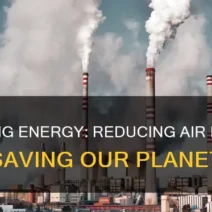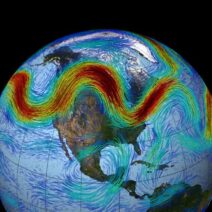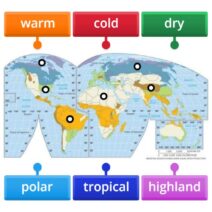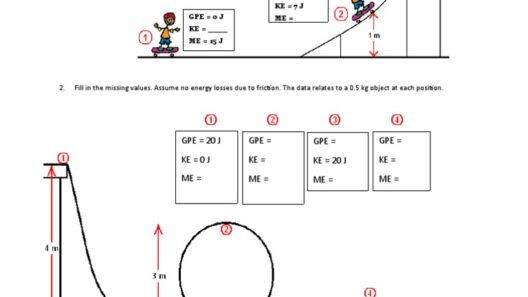Running, a quintessential activity for human fitness, intertwines remarkably with the principles of energy conservation and efficiency. At first glance, the act of putting one foot in front of the other may seem simplistic; however, beneath this surface lies a fascinating array of physics and environmental implications. In an era where climate change poses imminent threats, understanding how running relates to energy dynamics serves not only to enhance athletic performance but also to underscore the importance of conserving energy in myriad forms.
First, it is essential to comprehend the basic physics that govern human locomotion. The human body operates as a biomechanical system that converts chemical energy from food into kinetic energy for movement. The efficiency of this conversion is paramount. When a runner takes off, the energy expended per meter can vary significantly, primarily dictated by factors such as running form, body composition, and even footwear. In fact, studies have shown that optimizing these elements can lead to improved energy efficiency, which directly correlates to reduced energy expenditure and lower carbon footprints.
On a grander scale, the concepts of energy conservation and efficiency resonate deeply within the context of environmental sustainability. As running becomes increasingly popular, one must consider its impact—a paradox emerges where the pursuit of fitness and the environmental stewardship can sometimes seem at odds. Recreational joggers and elite athletes alike travel to scenic vistas and nature trails, often contributing to the carbon emissions associated with travel. Yet, awareness of this conflict is growing, prompting a reevaluation of how running can align with principles of sustainability.
One avenue in this exploration is the concept of localism in fitness. Choosing to run within one’s immediate environment not only cultivates a connection to local ecology but also reduces reliance on transportation. By advocating for community running events or highlighting nearby parks and trails, individuals can simultaneously nurture their physical well-being and contribute to a decrease in greenhouse gas emissions. Thus, running can act as a bridge, connecting personal health with planetary health.
Moreover, the endurance training associated with running unveils profound insights into energy systems. Middle-distance runners, for example, must adeptly utilize anaerobic and aerobic energy systems, which illuminates the balance between immediate energy use and sustainable energy production. The aerobic system, which predominates during long runs, utilizes oxygen to produce energy efficiently over extended periods. This mirrors broader environmental principles—utilizing resources judiciously to minimize waste while maximizing output. As runners refine their energy systems, they inadvertently embody the ideals of resourcefulness and efficiency, revealing an intrinsic philosophy compatible with environmental conservation.
The sphere of technology further enhances the relationship between running and energy efficiency. Advances in sports science now offer runners access to sophisticated wearable technology that tracks energy expenditure, heart rate, and biomechanics. These devices can provide beneficial feedback that promotes improved efficiency and reduced energy output during runs. By harnessing such technology, individuals become more conscious of their physical footprint. Whether one is a seasoned marathoner or a weekend jogger, this data-driven approach encourages mindfulness about energy use.
Additionally, the footwear industry plays a significant role in bridging running and energy conservation. The development of lightweight, energy-returning materials contributes to this discourse; running shoes designed with such innovations not only enhance performance but also reduce the energy required to propel a runner forward. Furthermore, eco-friendly manufacturing practices within this sector advocate for sustainability—many brands are now prioritizing materials that minimize environmental impact, aligning consumer products with the growing ethos of energy conservation.
Collectively, these factors contribute to the notion of a ‘sustainable runner,’ an individual who operates not merely as a fitness enthusiast but as a custodian of the environment. The idea fosters a shift in perspective, urging athletes to consider their ecological imprint while engaging in an activity that inherently promotes health. A new wave of eco-conscious running communities is emerging, where members believe the act itself can generate awareness, leading to broader discussions about energy conservation and climate change policy.
In summation, running encapsulates a microcosm of dynamic energy exchange. The synchronicity between personal fitness and environmental responsibility presents an opportunity to cultivate a culture that values energy efficiency. The physical act of running can serve as a metaphor for broader ecological systems—one that embraces greater awareness, sustainability, and collaborative efforts aimed at conserving the planet’s precious resources. As such, athletes and environmental advocates must unite in a common purpose, striving to foster a future wherein running not only signifies personal achievement but reverberates through efforts to secure a healthier planet.
In this enlightenment, we must recognize that every stride taken can be a step toward energy conservation. By integrating the principles of physics with conscious living practices, individuals can redefine fitness narratives and establish a paradigm where health and ecological consciousness coexist harmoniously. Thus, the pursuit of running transcends physical boundaries and weaves into the very fabric of environmental stewardship.






